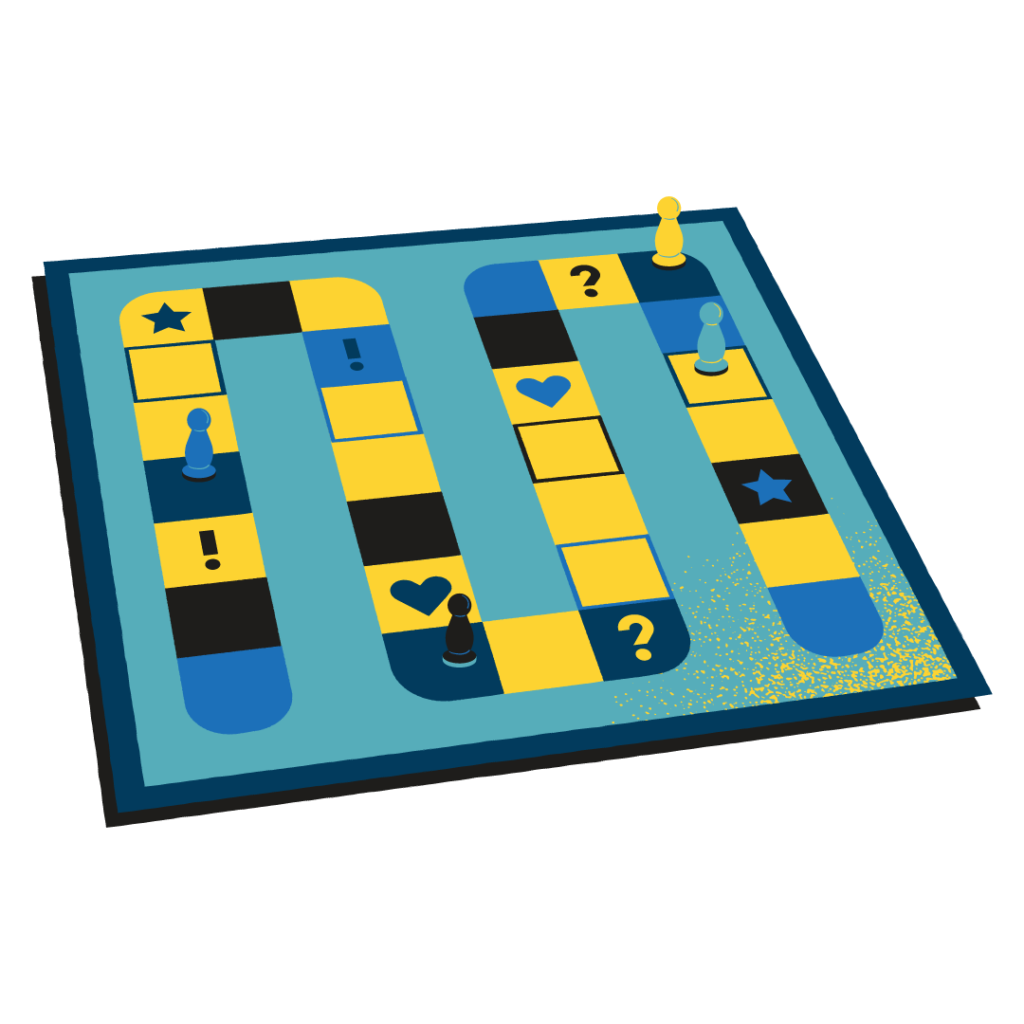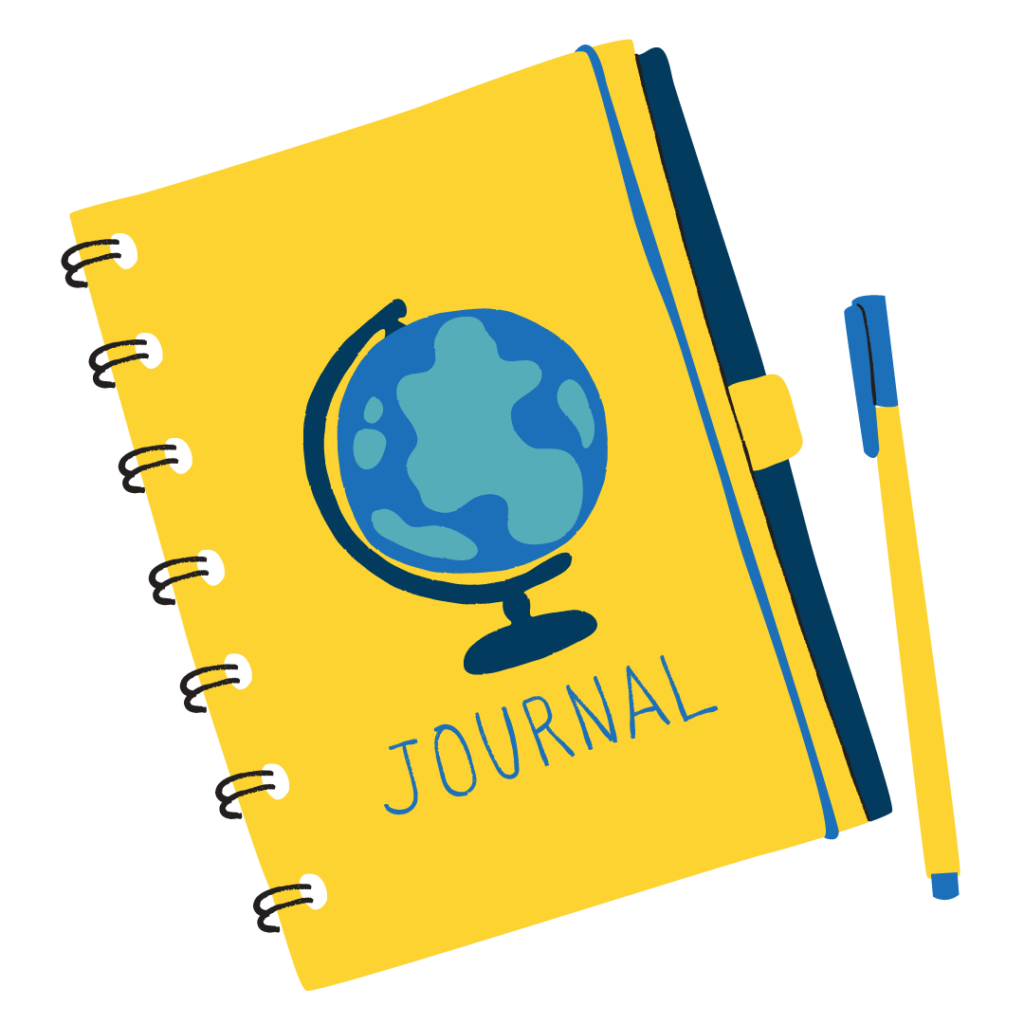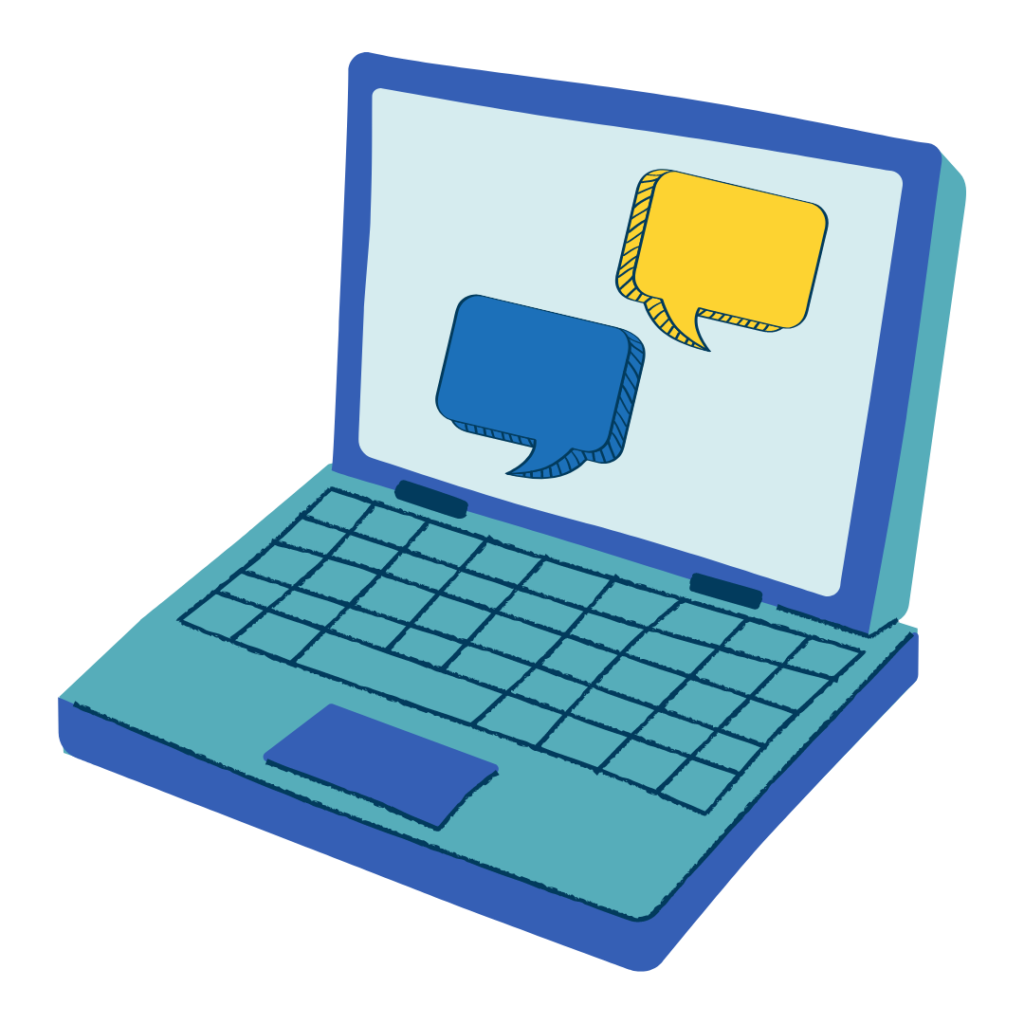Handbook: Mobility Ability Dictionary
Language skills are very important when going abroad. The dictionary is an open resource for both students with special needs and students without disabilities. The objective of this product is for the students to improve their basic language skills, basic practical vocabulary, and increase awareness of European cultures. We would like to make the process of learning engaging and enjoyable
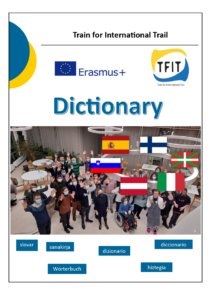
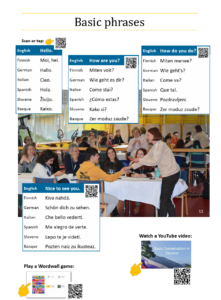
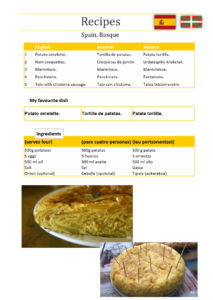
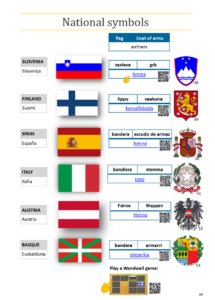
You can watch the video below, if you have enabled cookies in your browser. Change your cookie settings.
Learning Outcomes
Students participated in creating the dictionary. They made suggestions on the vocabulary used in the product. Various documents were shared on the Google Drive platform, so that the participating students could enter phrases, words, publish photographs, recipes, stories etc.
Students will be able to use basic English phrases, vocabulary on travel, tourist attractions, food and feelings. They will also get to know some traditional legends and national symbols. In addition to this, they will become familiar with these topics in different European languages, such as Finnish, Slovene, Spanish, Basque, Italian, and German. They will be able to communicate in English in an interesting and interactive way because the product contains many colourful photographs, videos, some quizzes, for example Kahoot, and audio recordings.
The dictionary is divided into the following sections: basic phrases, travel, tourist attractions, food, recipes, feelings, traditions, national symbols, legend stories.
- Sociability: students will be able to communicate with new people they have just met
- Teamwork: students will understand the importance of empathy and respect within a group
- Adaptability: students will understand the benefits of having new experiences and how to react when facing a problem
- Emotional control: students will learn how to manage emotional impulses
Delivery Guidelines
Both students and teachers play an important role in the effective use of the dictionary. However, the product is also suitable for individual use. The teacher can guide students through the materials or they can work on their own.
The teacher needs to be familiar with the structure of the dictionary and all the learning possibilities it offers. They must know how to use vocabulary, videos and quizzes appropriately. The assignments are published on different platforms, such as Kahoot, 1ka, Wordwall, You Tube, Google Drive etc. The product offers a variety of activities which can be both educational and entertaining.
Teachers should have further knowledge about the skills that appear in the content so that learners can ask questions and receive expert support and feedback from the teachers, to get to know everything in more detail.
The professional uses the educational product on a projector during the sessions. The skills can be worked on in the given order or depending on the needs of the group, the professional can choose an ad hoc learning path and a different order.
As learners progress through the content, the teacher should ask questions to stimulate reflection on their own as individuals or as a group. This way, we help the students to feel satisfied and proud that they have reached the conclusion with no direct explanation from the professional.
It should be kept in mind that these are not theoretical sessions of passive listening, instead we imagine students to be proactive.
Pedagogical Guidelines
We have used the Microsoft Publisher program which helped us create a visually rich product. It supports many other formats. The dictionary contains many photographs, videos, some quizzes and audio recordings. It is saved in its final form as a PDF format, which allows easy storage, sending, printing and publishing online. At the same time it keeps hyperlinks active.
We would like the product to be interactive, attractive and easy to use, for both students and teachers.
The students participated in creating the dictionary, so we invite you to encourage your students to take an active part in the process of using the product, too.
Student-centred learning approach will give students an opportunity to decide what they want to learn and how they want to learn. In this way students will be more motivated.
When implementing and using the material, the session with the students will be very dynamic, entertaining and easy to understand.
The main idea is to transfer life skills in an attractive and exciting way. Therefore, students will not lose attention and will be more likely to develop their competencies. The learning is centered on activities and tasks that lead to both individual and group reflection.
Furthermore, they will have space to negotiate and decide in groups on real problems and how to deal with them.
At the same time as they are using this digital material, the students will have a significant role in the implementation, just as they have had in the design of the material.
The learners with disabilities have played an active role in co-designing and co-creating the educational product and we invite teachers to adopt a similar approach with students, supporting them in co-creation processes.
In conclusion, the methodology and learning is based on a shared process of communication between participants, based on reflection and challenges, supported by a digital educational product with videos and animations.
Technical Guidelines
The product has been created in the Microsoft Publisher program, and in the final form converted into PDF format, which allows easy sending via e-mail, and saving on a computer. It can also be published on any website or easily printed. All hyperlinks are active in the PDF document. It is necessary to have Adobe Reader or another suitable program installed to read a PDF document (practically all computers and smartphones have it installed). QR codes have been added to the hyperlinks (e. g. links to assignments, videos etc.) for the need of the printed version
The material is downloadable in HTML format so that it can run offline as well. In terms of technical requirements and specifications, you only need a web browser in its latest version. It is recommended to use Google Chrome for a better experience. The material is available in English.
Peer Reviews
Student from Finland:
Fun and easy to use, very good!
Teacher from Finland:
Good and very nice to use!
